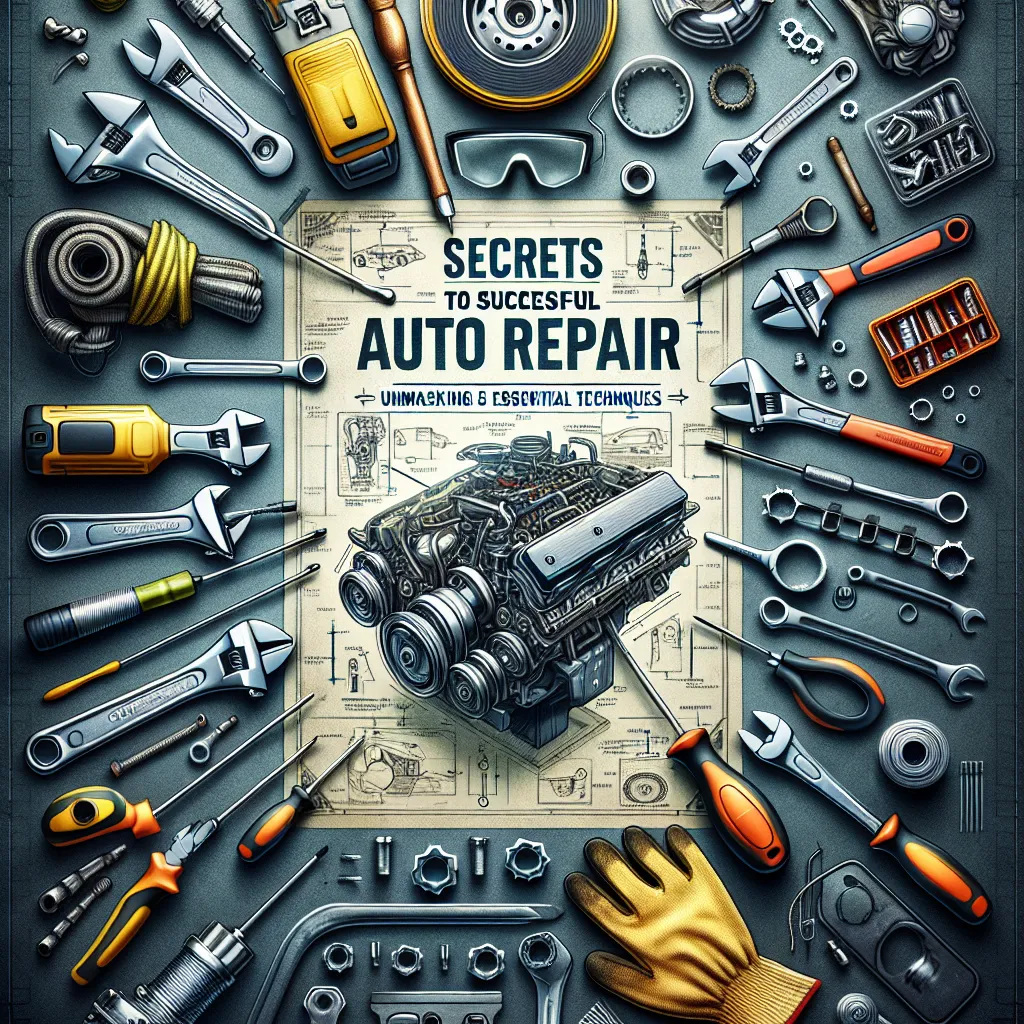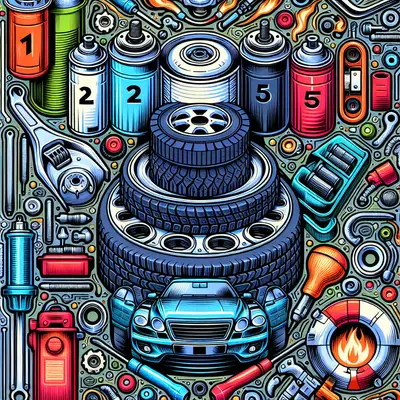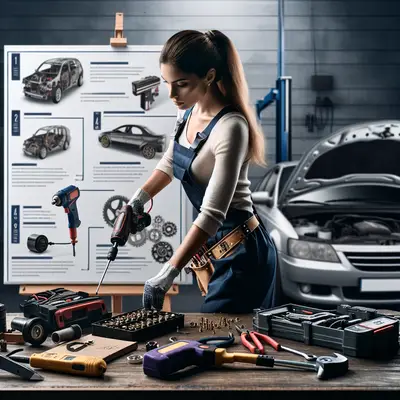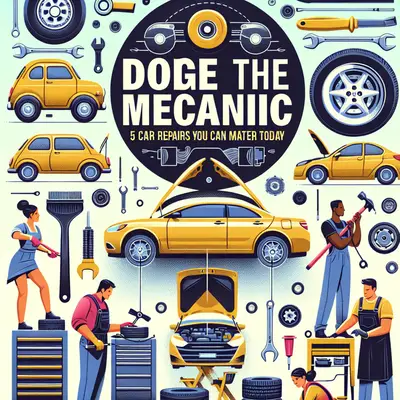In the realm of do-it-yourself (DIY) culture, auto repair holds a key position. A car is an intricate piece of machinery, but with the right knowledge and tools, you can handle most common issues yourself. This not only saves you a considerable amount of money but also gives you a sense of accomplishment. Today, let's dive into five essential techniques that every DIY auto repair enthusiast should master.
Understanding the Check Engine Light
The check engine light is a telltale sign that something is off with your vehicle. It can cover a wide range of issues, from a loose gas cap to a failing oxygen sensor. Investing in a code reader tool can help you diagnose the issues yourself. Simply plug it into your vehicle's onboard diagnostic port, and it'll give you codes that correspond to different issues. You can then look up these codes online for specific repair procedures.
Changing Your Brake Pads
Brakes are a crucial safety feature of any vehicle, and worn-out brake pads can dramatically reduce their effectiveness. Luckily, changing brake pads is a straightforward process. You’ll need a jack to lift the vehicle, a lug wrench to remove the tires, and some basic tools to remove the old pads and install the new ones. Numerous detailed guides are available online to help you through the process.
Handling Car Battery Issues
A dead battery can leave you stranded, but with a little knowledge, you can handle this issue yourself. Learning how to jump-start your car is a crucial skill. All you need is a set of jumper cables and a second vehicle with a functioning battery. Remember to always connect the positive terminals first, followed by the negative terminals.
Mastering Tire Maintenance
Maintaining your tires is an essential part of DIY auto repair. Learning how to patch a puncture or change a flat tire can save you from unnecessary roadside assistance fees. Additionally, regular tire rotations can maximize the lifespan of your tires. This involves moving the tires to different positions on the vehicle to ensure they wear evenly.
Oil Change Mastery
Regular oil changes are critical to the longevity of your vehicle. This involves draining the old oil, replacing the oil filter, and filling up with fresh oil. While it might seem daunting at first, it's actually quite straightforward when you get the hang of it.
Conclusion
Armed with these five essential techniques, you're well on your way to becoming a competent DIY auto repair enthusiast. Remember, patience and practice are key in mastering these skills. Always put safety first and don't hesitate to seek professional help if you're unsure about a repair. Happy fixing!



